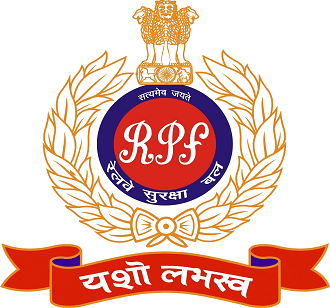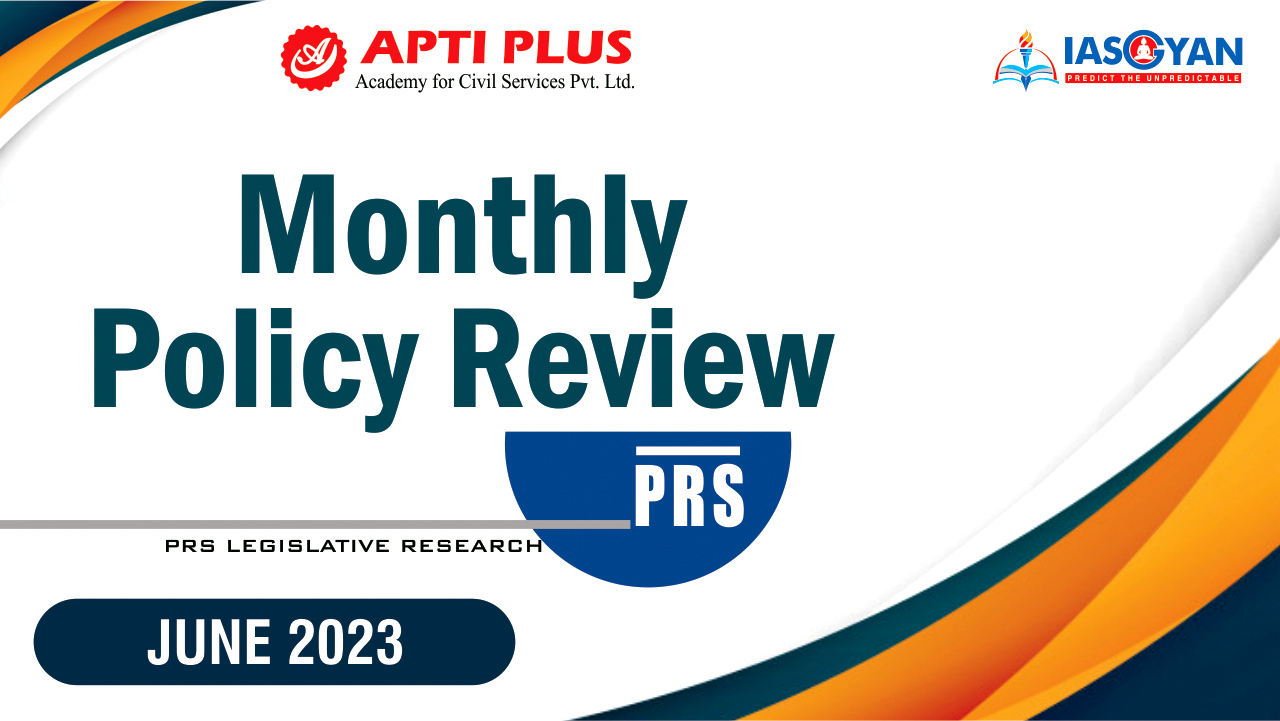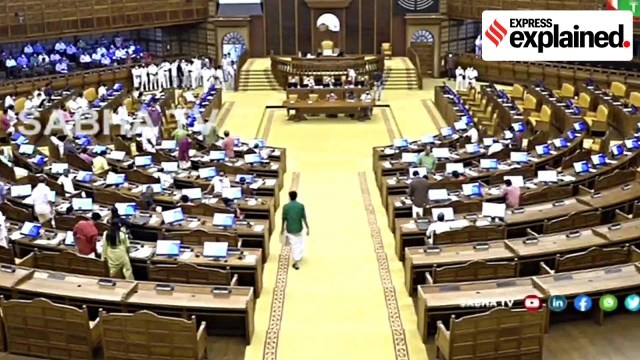Description

Disclaimer: Copyright infringement not intended.
Context
- A constable of the Railway Protection Force (RPF) allegedly shot and killed four people on board the Mumbai-bound 12956 Jaipur-Mumbai Superfast Express.
What is the Railway Protection Force (RPF)?
About
- The RPF is an armed force under the operational and administrative control of the Union Ministry of Railways.
Origins
- The RPF has its origins in the ‘Watch and Ward’ set-up of the private railway companies during the time of the British Raj.
- In the mid-forties, the portion of the Watch and Ward staff that remained under the control of these (private) Railways, was found inadequate to control thefts of their assets and consignments.
- A Committee under the Director of the Intelligence Bureau was set up in 1954, which recommended the reorganization of the Watch and Ward into a statutory body.
- The High-Power Committee on Railway Security observed: Security problems of the Railway passengers, especially those relating to the security of his person and property during his rail journey, are really serious.
- This led to the enactment of the RPF Act.
Formation and Evolution
- The RPF was set up as a consequence of The Railway Protection Force Act, of 1957, enacted by Parliament.
- The Act came into force after Parliament passed significant modifications to it through The Railway Protection Force (Amendment) Act, 1985 (Act No. 60 of 1985). Rules under the Act were notified in 1987.
- RPF gained in maturity as it was regularly being deployed for assisting the State Police Forces”.
- In 2003, the RPF Act and Railways Act were modified, and the RPF partially took up the duties of escorting passenger trains and access control at the railway stations
Role
- It is tasked with protecting and securing railway property, the passenger areas, and the passengers themselves.
Mandate
- To provide for the constitution and regulation of an armed force of the Union for the better protection and security of railway property and for matters connected therewith.
Administrative Head
- The RPF is led by a Director-General.
Power
- It has the power to search, arrest, Enquiry, and prosecute offenses committed under Railway Property (Unlawful Possession) Act 1966, The Railways Act, 1989 (amended from time to time).
- However, the power of arrests under other penal laws rests in the hands of the Government Railway Police (GRP) of state police.
Recruitment
- All the officers of Railway Protection Force are members of the Indian Railway Protection Force Service (IRPFS) and are recruited through UPSC Civil Services Examination.
- Recruitment also occurs for various posts like sub-inspectors & constables. Such recruitment is conducted through various exams held by the Ministry of Railways, Government of India.
Structure
- The Gazetted IRPFS Officers utilise a similar rank structure to the IPS (Indian Police Service).
- Non-gazetted ranks are the same as those used in the State Police Services.
.jpg)
What is the Government Railway Police (GRP)?
About
- The GRP is a part of the district police force, reporting to the state government.
- It works alongside the RPF, and should, under ideal circumstances, complement and strengthen its operations.
Responsibility
- The Government Railway Police are responsible generally for the prevention and detection of crime on railways.
Exclusions
- But their remit does not extend to protecting Railway property: The protection of goods sheds, goods wagons at stations and parcel offices is not the duty of the Railway Police, but of the Railway Protection Force of the Railway.
Special Duties
- The duties of the Government Railway Police as regards the areas in their jurisdiction correspond in general to those of the District Police in the areas under their charge.
In addition, the GRP has some “special duties”, including:
-
- To maintain order at railway stations and in trains, wherein “order” refers to “control of passenger traffic within station premises, especially on platforms, in booking offices, waiting halls, at entrance and exit gates” etc.,
- Control of vehicular and other traffic in station precincts”,
- Maintenance of order in passenger trains halted at stations and prevention of overcrowding in carriages”,
- Arrest of persons guilty of committing nuisance”, etc., and
- To render assistance to railway officers and to the traveling public in so far as the rendering of such assistance is compatible with their own duties as Police officers”.
Implications of RPF Amendment on GRP
- With the introduction of an amendment in RPF and Railways Act, implications for GRP are:
- 36,600 GRP personnel of the country will be able to focus their attention on heinous crimes specially rape in trains and other crimes against women.
- While GRP will continue to do policing for Railways, it will get more time to concentrate on investigation of heinous crimes.
- GRP can be utilized for track patrolling and for effective investigation in cases of sabotage as defined in sections 150, 151 & 152 of The Railways Act.
|
PRACTICE QUESTION
Q. Which of the following duties fall under the mandate of the Government Railway Police (GRP)?
1. Prevention and detection of crime on railways.
2. Protection of goods sheds, and goods wagons at stations and parcel offices.
3. Control of vehicular and other traffic in station precincts.
4. Maintenance of order in passenger trains halted at stations and prevention of overcrowding in carriages.
(a) 1 and 2 only
(b) 2 and 3 only
(c) 1, 3, and 4 only
(d) None of the above.
Correct Answer: (c) 1, 3, and 4 only
|

https://indianexpress.com/article/explained/everyday-explainers/rpf-man-held-for-killing-4-on-train-rpf-different-from-grp-8869115/










